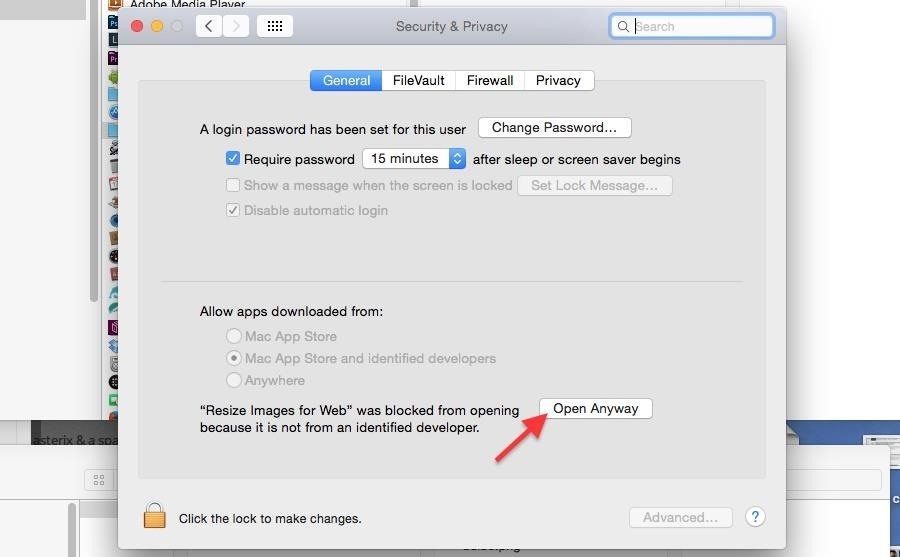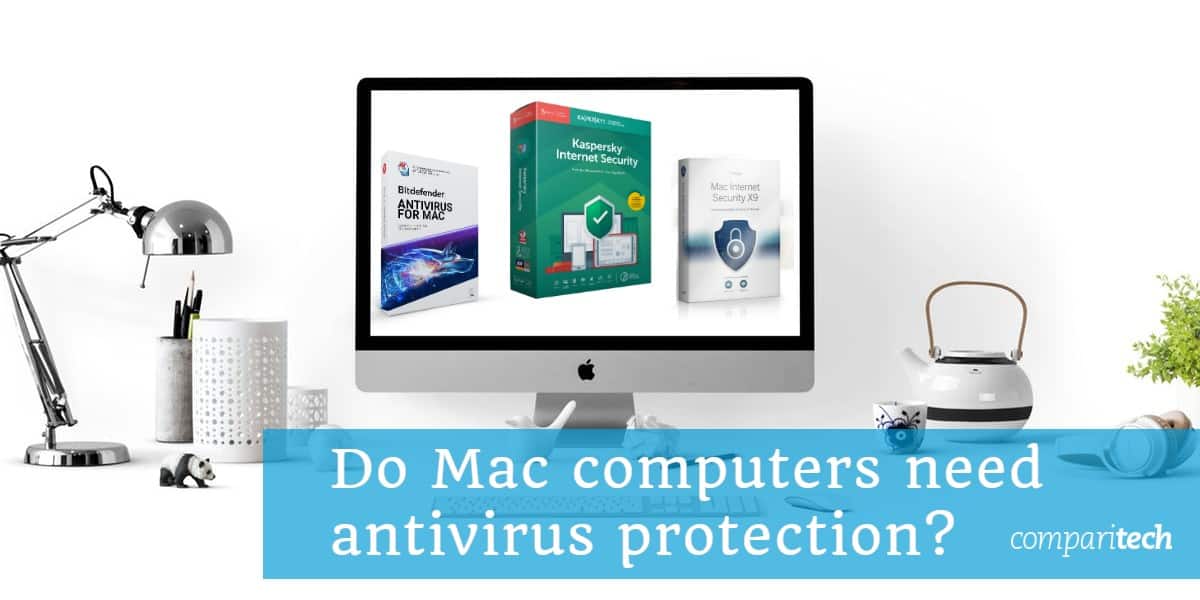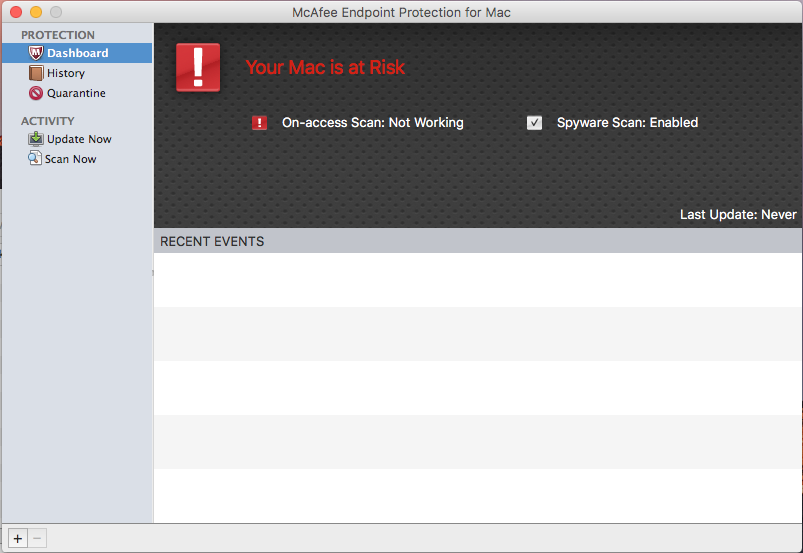- Mar 11, 2020 Removing those third-party programs and services will help make your Mac much secure and faster. In addition, you get more storage space to save stuff you love, e.g. Pictures, videos, documents, etc. How to Uninstall Programs on Mac Method 1: Manually Uninstall Mac Apps.
- Oct 24, 2009 Why is it so such a pain to uninstall applications on Mac? A third party software is not even needed to uninstall for Windows. How do you uninstall a program without having to purchase a third party software? I ran a search for the word 'uninstall' in the whole application but there was no search results.
- On November 28, 2007 Intel Corporation announced an upgrade to the company's software tools suite for Apple's Mac OS X operating system. The new 10.1 version of Intel C Compiler and Intel Fortran Compiler, as well as the Intel Threading Building Blocks, Intel Math Kernel Libraries and Intel Performance Primitives, are now optimized for Mac OS X Leopard version 10.5 and the Xcode 3.0.
- I installed software which was downloaded from net But when i tried to uninstall this app in mac, i searched in finder but nothing shows to uninstall. Cannot uninstall third party softwares in mac. Ask Question Asked 6 years ago. They are best placed to help you remove the software.
- Open up your 'System Preferences' and head to 'Security & Privacy.' In the 'General' tab, you'll see a section called 'Allow apps downloaded from.' In order to change these settings, you'll have to click on the lock icon below and input your admin password. Once that's out.
- Uninstall The Third Party Security Software On Mac Os X 10
- Uninstall The Third Party Security Software On Mac Os X Download
- Uninstall The Third-party Security Software On Mac Os X
System Integrity Protection is a security technology in OS X El Capitan and later that's designed to help prevent potentially malicious software from modifying protected files and folders on your Mac. System Integrity Protection restricts the root user account and limits the actions that the root user can perform on protected parts of the Mac operating system.

Macs also have no way to uninstall or install operating system features, so there’s no way to easily remove the many applications Apple included with your Mac. On OS X 10.10 Yosemite and earlier, it was possible to open a terminal window and issue commands to delete these system apps, which are located in the /Applications folder. Oct 02, 2013 How to Completely Uninstall Any Software from Mac Os X And Free Up Space Common Mac users uninstall any installed third-party application from Mac OS by direct moving the application to Trash. Whenever you delete any application or move the application to trash you can hear a small sound that ensures that you have deleted that application.
Before System Integrity Protection, the root user had no permission restrictions, so it could access any system folder or app on your Mac. Software obtained root-level access when you entered your administrator name and password to install the software. That allowed the software to modify or overwrite any system file or app.
System Integrity Protection includes protection for these parts of the system:
- /System
- /usr
- /bin
- /sbin
- /var
- Apps that are pre-installed with OS X
Paths and apps that third-party apps and installers can continue to write to include:


Uninstall The Third Party Security Software On Mac Os X 10
- /Applications
- /Library
- /usr/local
Uninstall The Third Party Security Software On Mac Os X Download
System Integrity Protection is designed to allow modification of these protected parts only by processes that are signed by Apple and have special entitlements to write to system files, such as Apple software updates and Apple installers. Apps that you download from the Mac App Store already work with System Integrity Protection. Other third-party software, if it conflicts with System Integrity Protection, might be set aside when you upgrade to OS X El Capitan or later.
Uninstall The Third-party Security Software On Mac Os X
System Integrity Protection also helps prevent software from selecting a startup disk. To select a startup disk, choose System Preferences from the Apple menu, then click Startup Disk. Or hold down the Option key while you restart, then choose from the list of startup disks.